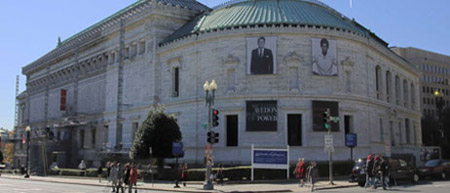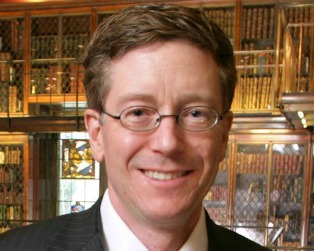…At a conference held in Oxford early in April, entitled “Green Arabiaâ€, the influential HRH Prince Sultan bin Salman bin Abdulaziz Al Saud, nephew of King Abdullah and president of the Saudi Commission for Tourism and Antiquities (SCTA), said, “We have entered a new age; we have transitioned. Antiquities are the seat of a continuum to bring the life and history of Saudi Arabia closer to the hearts and minds of the people of the Kingdom—particularly the young.â€
Building has already begun on 14 of the new museums, which will not only contain antiquities but the latest Saudi contemporary art….
But the real news, in my mind, came lower in the article: Saudi Arabia has completely reversed its stance on excavating in the peninsula. Previously, all sites dating before Mohammed, or about 610 AD, was scarce. “…little pre-Islamic research has been done in the country because of opposition from religious scholars, who claim it is ungodly,” the article said. “Now, however, clerics sit on the committee of the SCTA [Saudi Commission for Tourism and Antiquities] advising on the new cultural programme.”
TAN said that about 30 archaeology teams from around the world have signed contracts with the Saudi government “to carry out research into the desert land and to uncover exhibits.” It continued:
…if we only research the history of Saudi Arabia post 610AD [the year in which Mohammed had his vision and began to preach] and say nothing about our history before then, we are belittling Islam, [HRH Prince Sultan bin Salman bin Abdulaziz Al Saud, nephew of King Abdullah, said].Â
“We believe our people were Bedouins and the caravans that went to Mecca 400 years before Islam led into the rituals of going on Hajj that still prevail today. 
…Antiquities dating back 10,000 years or more demonstrate that Saudi Arabians stem from a line of wealthy tribes who transported frankincense and other precious materials to the north, west and east of the peninsula. “We are not, as many might think, nouveaux riches,†joked Prince Sultan. “Throughout history, Saudi Arabia has been at the crossroads of civilisations. People will be completely surprised and overwhelmed by the depth of civilisation of this country.â€
This development, obviously to be applauded, reminds me of the traveling exhibition called Roads of Arabia: Archaeology and the History of the Kingdom of Saudi Arabia, which was on view at the Freer-Sackler and other museums recently. I didn’t see it, but from afar it looked quite engaging, and I wonder if its reception around the world influences the Saudis.
One site, Mada’in Saleh (pictured here), is well-known, and dates back some 2,000 years.
As for the museum, well, the plan strikes me as excessive. By the most recent count, Saudi Arabia has about 30 million people. That’s one museum per 130,000 or so inhabitants. Saudi Arabia, so far, doesn’t get many tourists. I suppose the Kingdom can choose to support the museums, but I doubt they’ll have enough visitors to stand on their own.





